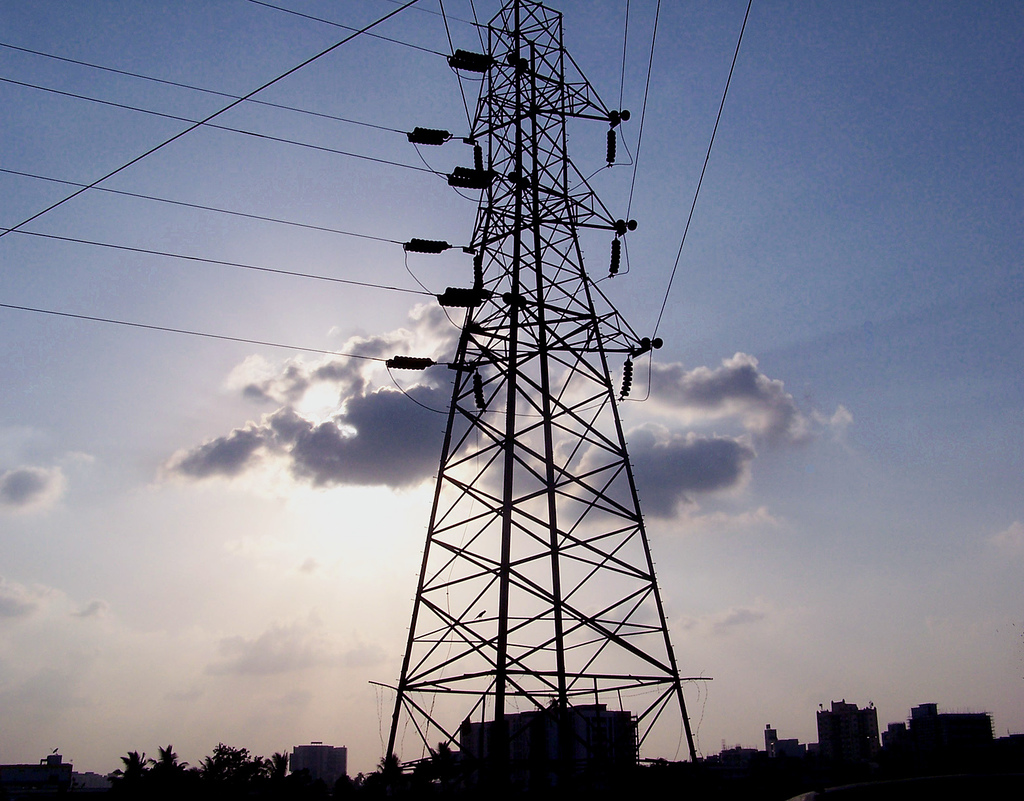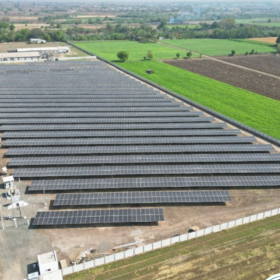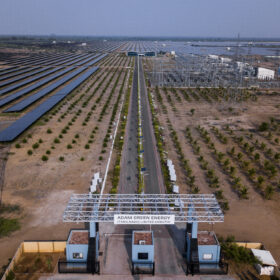India added 16.3 GW of new power generation capacity last year, with renewable energy accounting for an impressive 70% of it and solar representing 50.7%. Coal made up 27.5% of the new capacity, according to figures from Mercom India.
The nation installed 8,263 MW of solar capacity in 2018 – 15.5% less than 2017’s 9,782 MW. Of the new figure, large-scale projects accounted for 6,608 MW – a 23% year-on-year decline – but rooftop installations supplied 1,655 MW, for 66% growth, according to Mercom’s Q4 and Annual 2018 India Solar Market Update.
Commenting on the shift towards solar, Mercom Capital CEO Raj Prabhu said: “To succeed in the Indian solar market, companies need to play the long game. For the first time in India’s history, solar made up [more than] 50% of new power capacity … We will continue to see a steady shift toward solar as prices continue to drop. This is going to be the new normal as coal plants continue to shutter.”
In the last three months of last year, solar installations rose 3% on the previous quarter to 1,638 MW of capacity, but that figure was 52% lower than the same period of 2017.
Cumulative installed solar capacity in India reached almost 27.9 GW at the end of December with rooftops supplying 3,260 MW of that figure.
Rooftop solar faces a challenging year
In annual growth terms, rooftop solar continues to be a bright spot, as commercial and industrial energy users saw it as a viable way to combat rising electricity tariffs. Following a significant, 50% quarter-on-quarter increase from Q4 2017 to the first three months of last year, installation growth remained steady for the rest of 2018.
However, financing rooftop installations could be challenging in 2019 as Indian banks are facing a liquidity crunch with many hitting their exposure limits to the power sector.
Large-scale installation concerns
The report cites safeguarding duty, goods and services tax and land and transmission issues as key reasons for a slowdown in large-scale installations.
The market is adjusting to a safeguarding duty regime but much will also depend on China’s future solar policy and installation goals. Any increase in installation targets in China will tighten supplies and harden module prices. Conversely, oversupply and module price declines could occur if the world’s biggest solar market opts to reduce its solar ambition.
Last year, investment in the Indian solar sector totaled more than $9.84 billion (Rs69,942 crore) but that figure was still 15% lower than the previous year.
“Tariff caps and retroactive cancellation of solar auctions have been the biggest concerns in the investment community,” said Mercom’s Prabhu.
Solar parks continue to have trouble providing clearly demarcated project-ready land, causing undue delays and putting additional pressure on large-scale projects.
As the general election approaches, in April and May, the rules applied by the election commission could also affect land acquisition and government approvals for solar projects. However, elections generally also mean fewer power cuts despite increased power demand, the report added.
This content is protected by copyright and may not be reused. If you want to cooperate with us and would like to reuse some of our content, please contact: editors@pv-magazine.com.









2 comments
By submitting this form you agree to pv magazine using your data for the purposes of publishing your comment.
Your personal data will only be disclosed or otherwise transmitted to third parties for the purposes of spam filtering or if this is necessary for technical maintenance of the website. Any other transfer to third parties will not take place unless this is justified on the basis of applicable data protection regulations or if pv magazine is legally obliged to do so.
You may revoke this consent at any time with effect for the future, in which case your personal data will be deleted immediately. Otherwise, your data will be deleted if pv magazine has processed your request or the purpose of data storage is fulfilled.
Further information on data privacy can be found in our Data Protection Policy.